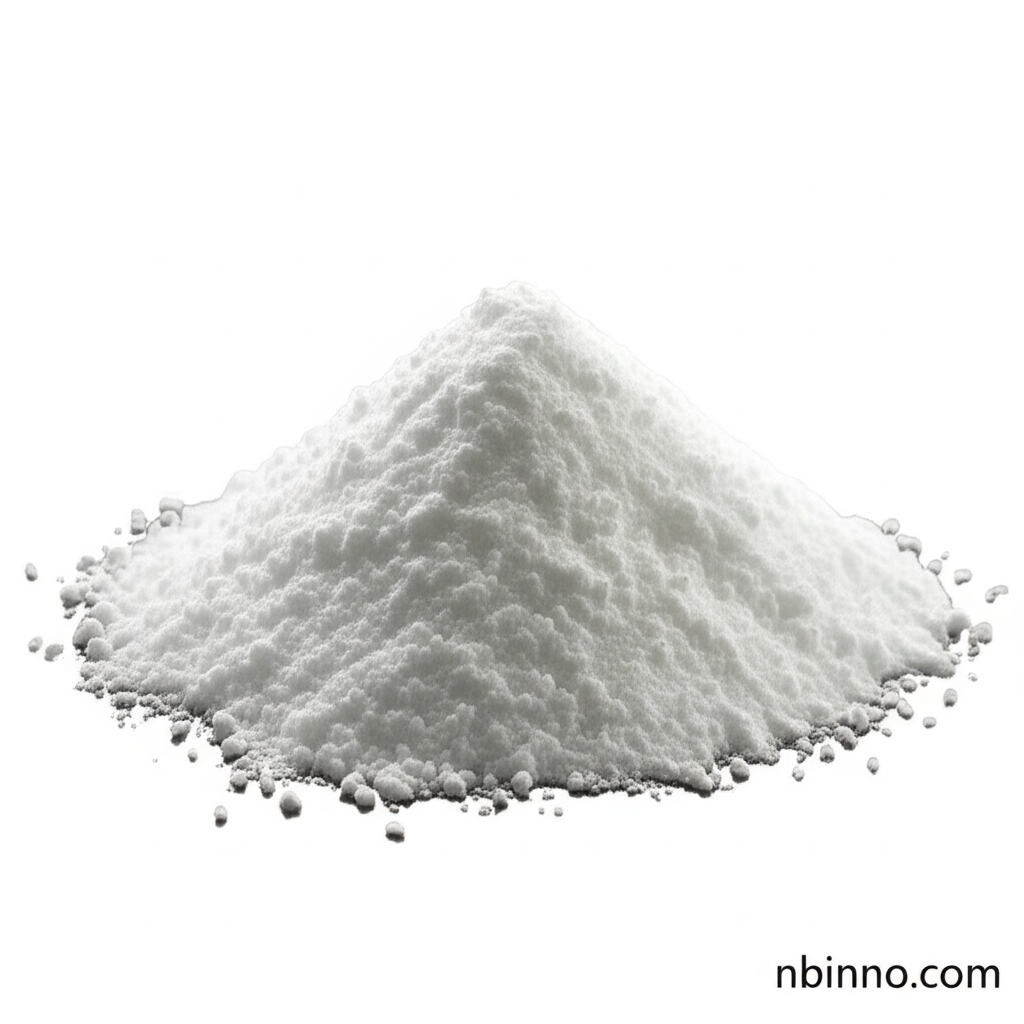Triphenyl Phosphate: Enhancing Performance and Safety
Discover the power of a versatile flame retardant and plasticizer for your advanced material needs.
Get a Quote & SampleProduct Core Value

Triphenyl Phosphate
Triphenyl phosphate (TPP) is a highly effective, non-halogenated, and eco-friendly flame retardant and plasticizer, crucial for enhancing the performance and safety of various polymer systems. Its chemical composition and properties make it an indispensable additive in demanding applications.
- Triphenyl phosphate flame retardant provides excellent fire resistance for polymers, contributing to safer end products.
- This TPP plasticizer for PC improves the processability and impact strength of polycarbonate, vital for electronic housings.
- As a non-halogenated flame retardant for PC ABS, it offers a sustainable alternative without compromising on fire safety standards.
- The utility of triphenyl phosphate for nitrocellulose enhances its fire-retardant properties in coatings and lacquers.
Key Product Advantages
Superior Fire Resistance
Leverage the excellent flame retardancy offered by triphenyl phosphate, a critical feature for meeting stringent safety regulations in materials like PC/ABS.
Enhanced Material Properties
Benefit from TPP's dual functionality as a plasticizer, improving flexibility and processability in engineering plastics such as those used in engineering plastics applications.
Environmental Friendliness
Opt for an eco-friendly solution with this non-halogenated flame retardant, reducing environmental impact compared to traditional halogenated alternatives.
Key Applications
Engineering Plastics
As a TPP plasticizer for PC, it's vital for applications requiring high impact strength and flame retardancy, such as automotive components and electronic enclosures.
Phenolic Resin Laminated Boards
Used as a flame retardant plasticizer, contributing to the fire resistance of laminated boards used in construction and electrical insulation.
Synthetic Rubber
Functions as a softener, improving the flexibility and workability of synthetic rubber formulations.
Nitrocellulose and Acetocellulose
Enhances the fire retardant properties of these materials, widely used in lacquers, coatings, and films.
